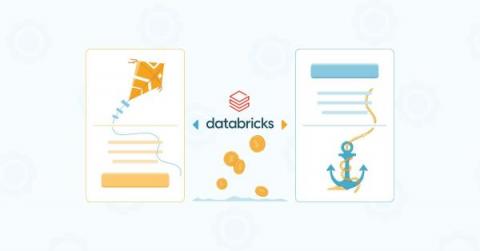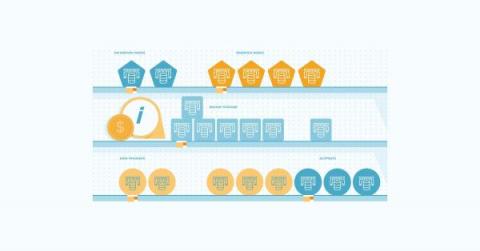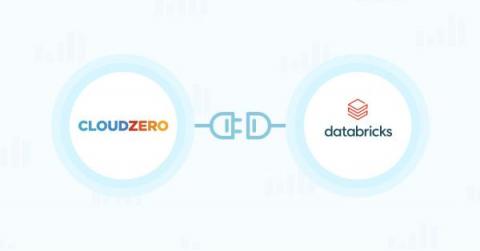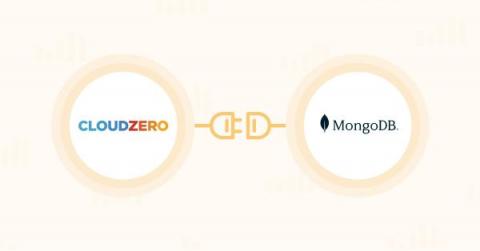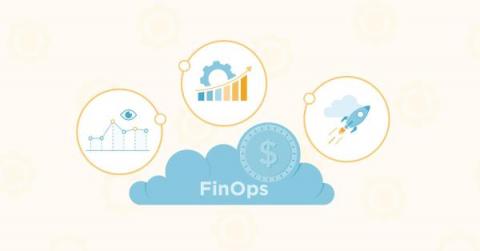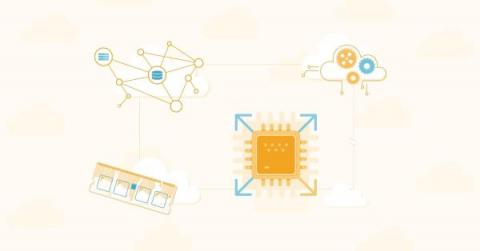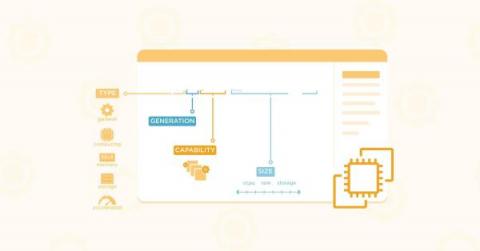Databricks Pricing Explained: A 2023 Guide To Databricks Costs
For data professionals interested in data modeling, artificial intelligence, and machine learning, Databricks offers a powerful cloud data platform. The Databricks Lakehouse combines data lake and data warehouse capabilities in one architecture. This makes Databricks particularly suitable for building sophisticated data analytics, Artificial Intelligence (AI), and Machine Learning (ML) models. Plus, Databricks claims its lakehouse is up to 12X cheaper than traditional alternatives.


